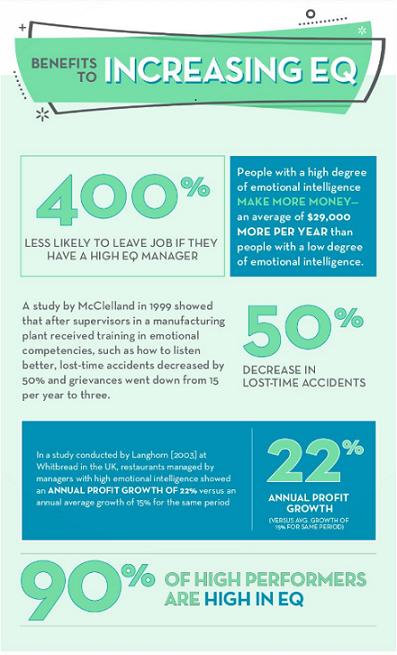Small Businesses Should be Wary of Artificial Intelligence
With the onset of Artificial Intelligence making its way into common business practices, many companies are rushing to understand the science, so that they can be the first on the frontier of new technology in business. This rush is beginning to trickle down to smaller businesses as well, but, as this rush begins to affect smaller businesses, business owners should be wary of the speed in which they jump on the AI bandwagon. Perhaps it may be better for small businesses to be cautious of how accepting they are of AI technology.
The first point to understand this topic is perhaps the most understandable, and that is how AI is not going to magically solve company problems instantly. The technology is not perfect and still has many years of improvements to go, and there really is no direct evidence of companies getting a return on investment as it is so expensive. This problem is compounded when assessed through a small business lens. With more limited resources and data, as it stands it could be fiscally irresponsible to invest in this technology as there is hardly any likelihood that that investment will pay off.
Moreover, small businesses often have more specialized needs and business practices than larger corporations. That AI would be able to support only with the skills of a few people and resources able to create the technology needed for these businesses. Because of the lack of availability, and the specific needs of small businesses, it is not worth it to spend copious amounts of money in order to obtain this technology.
On top of acquiring this new technology, infrastructure must be in place in order to govern it and make sure it is secure. This adds on to an already exorbitant cost and creates a sustained fixed cost of having this technology incorporated into small businesses. Even with this infrastructure in place, an overwhelmingly large percentage of small businesses do not yet need this technology to become more profitable. However, as technology becomes cheaper and more accessible, perhaps these opportunities will be more relevant to small businesses.
While no company should be rushing into incorporating AI into their business, this does not mean they should entirely rule it out. AI is a fascinating technology with benefits that could, one day, far outweigh the costs. Even now, in more indirect ways, some small businesses are using AI technology and it is proving to be a benefit in many larger companies.
However, with that, there are a few key takeaways from using AI as a small business. AI is not an instant benefit and has no guarantee (currently) that it will help turn a profit. It also is still shrouded with confusion, as it is a newer technology, and few people really know the intricacies of the technology. Finally, the mad rush to be the first to have this technology should not be done simply for merit, as that can run businesses into the ground with the expenses. There should be tangible, fiscally responsible uses for this technology that makes its purchase and maintenance worthwhile.
Source: https://www.techrepublic.com/article/small-business-owners-dont-rush-into-using-ai/








